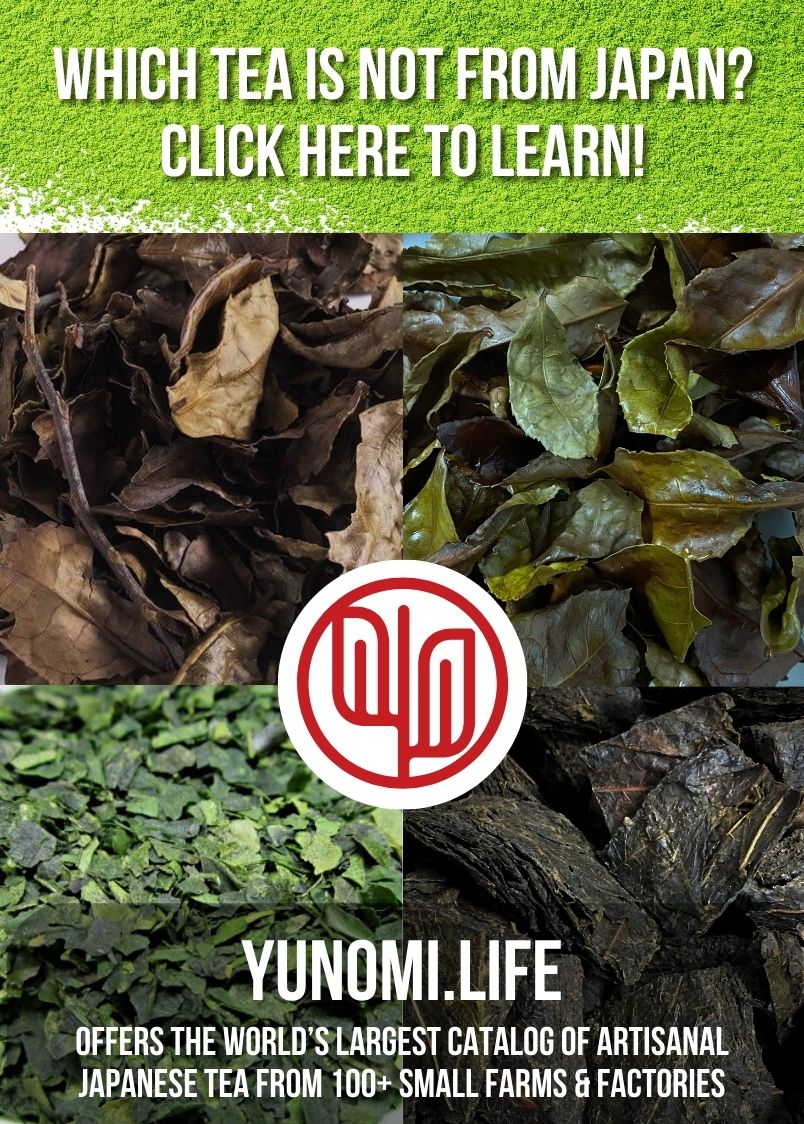Tea Polyphenols: Tastes and Tea Choices
The taste of flavonoids
Catechins are colourless. They are associated with the bitterness in tea. The gallated ones are also linked with astringency while EC and EGC trigger sweet aftertastes.
The taste of tea, however, is the sensory and subjective experience of a beverage with quite a complex composition. Catechins are only some of the taste components. In a classic study to understand the chemical components that affect the taste of green tea in Japan, scientists found that those tea selections with a higher content of catechins as well as that of amino acids score much higher in taste tests by common people (15). As you see in the chart regarding EGCG content in relations with pluck position, better tasting tea of higher quality pluck contains MORE bitter tasting EGCG. What the chart does not show is that it contains more amino acids as well.
Taste in Tea: a lot more than catechins
Taste in tea is a balance between the different taste elements. A tea without bitterness and some astringency will be too soft to the senses. It is the balance of this bitterness and astringency with the sweetness, umami (“savouriness”), and aroma that make up the unique taste profile of a tea selection. As a matter of fact, the amount of EGCG or theaflavins are always positively proportional with finer quality selections, which also deliver more other quality related, health contributing substances, such as theanines, GABA and aromatic oils. Taste is not only functioned by the tongue, but rather by the oro-nasal whole.
- Standard infusion colour of a freshly processed green tea: Longjing
- Standard infusion colour of a freshly processed white tea: Fuding White Peony
- Standard infusion colour of a freshly processed oolong tea: Phoenix Huangzhi Xiang
- Standard infusion colour of a freshly processed special grade Tanyang Gongfu black tea
- Standard infusion colour of a puer: Imperial Golden Tip
- Standard infusion colour of a freshly processed crafted tea: Xuri Dongsheng Dragon Ball
Tips to enjoy tea with the Benefits of Catechins
To better enjoy your wholesome tea, remember it is always a balance of the dissolvable matters that render a fine taste, NOT a maximum of some of them. For example, the best taste of the green tea gyokuro is achievable only through more tealeaves, lower infusion temperature and shorter infusion time to hold back the infusion of too much bitter tasting catechins into the water and thus proportionally raising the amount of savoury tasting amino acids in the cup. The unique bouquet fragrance of the oolong tieguanyin are possible only by increasing the release of aromatic oils with very hot water and more tealeaves, but holding back too much catechins with short infusion time (not too short) to retain the balance of sweetness by its sugars and silkiness by its pectins.
However, if you want to increase the amount of flavonoids in your tea solution, higher heat and longer infusion time than recommended are obviously effective, but often resulting in tastes that I would not endorse.
Choices for Non-bitter catechins
Those who want the most catechin but want to avoid the bitterness should try white teas from Fujian. As for green tea, downy shoot varieties also from that province, made from the Dai Bai families of cultivars, are much less bitter than others. Black teas from the same region, from the same Dai Bai and not from the Xiao Zhong cultivars, are as friendly. Those who prefer more complexity in their tea have a world of selections to choose from.

















